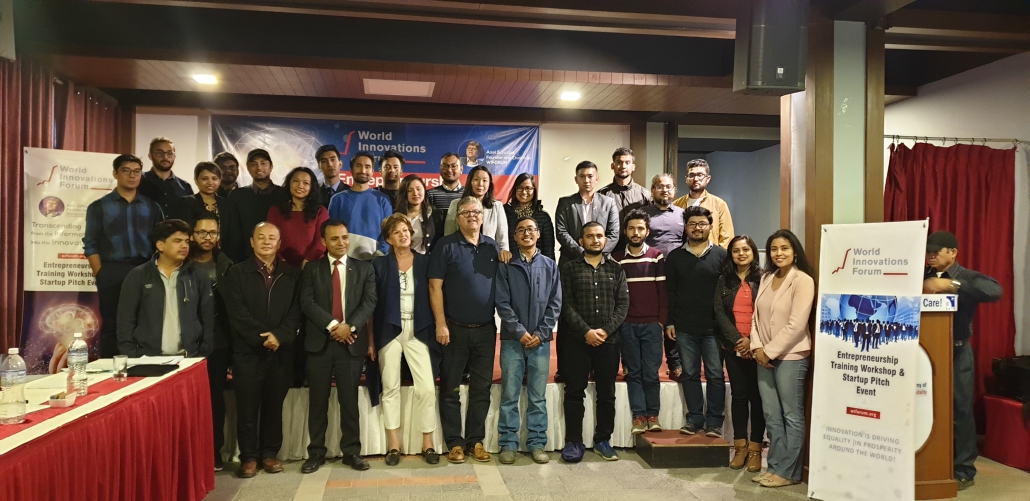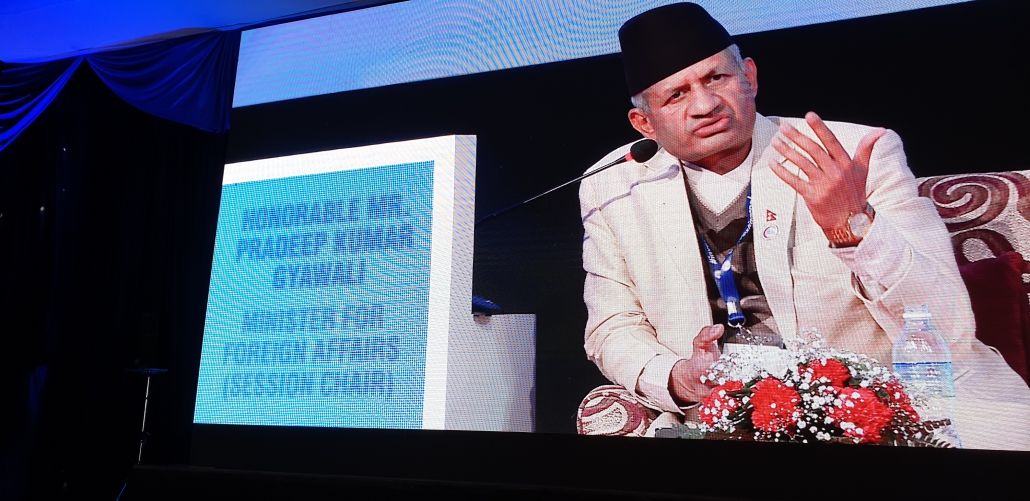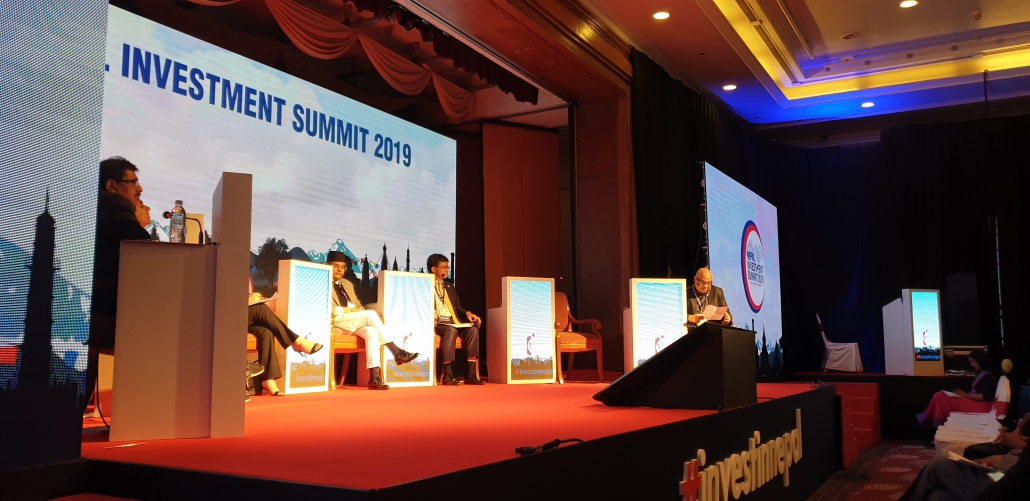1) fearless / risk taking
Absolutely does not fear anybody or anything. There is no higher up person for an entrepreneur. There is no rule that is respected and no definition that is taken just as that. They fear no failure, they fear no total loss, they fear not to be laughed at. They do not fear to risk everything they have for their vision – and they do risk everything they have.
[Related with: (2) creative, (3) determined, (4) curious, (5) independent, (6) confident, (7) connected, (8) communicative]
Corresponding habits: making fast and determined decisions
2) creative / compositive
The ability to be creativity means finding a gazillion bits and pieces in your brain and composing it in no time to a new picture. Creativity requires maximum inputs, from travel, discussions, reading… Being compositive is the ability to very quickly identify opportunities and turning them into business cases or even innovation. Experiment fearlessly, no matter what the outcome maybe.
[Related with: (1) fearless]
Corresponding habits: Seem to change course over and over again. But never lose sight of the ultimate goal. Knowing there is never a straight line to get to the top.
3) determined
Determination is a mindset. Doing anything, whatever it takes to make something happen. No irritation from others, no distraction, no uncertainty. Determined entrepreneurs never give up – ever. If you are bankrupt, you still have 3 to 6 month to repair and get up again.
[Related with: (1) fearless, (2) creative / compositive]
Corresponding habits: Consistency – Pushing the direction in everybody’s mind – every day. There is only one vision, one ultimate goal and they let everybody know. They plan their days towards their goals – not towards responses to others.
4) curious/open
Wide open mind. Wanting to really know in detail how things work, how people do things, how we live, what the barriers are, where the limits maybe if any. Listening to others very carefully, without constructing an argument half way through.
[Related with: (1) fearless]
Corresponding habits: Playful – They look very quickly at all kinds of things, want to know everything without ever going really deep. 20% of the knowledge is all they need to know 80% of what there is to know.
5) independent
There is nothing and nobody that prevents the entrepreneur do their things. No friend, no family, no lack of money, no rules, no legislation can get into their way. Societal rules, conformism and alike fences are respected but do not apply to entrepreneurs. [Related with: (1) fearless, (3) determined]
Corresponding habits: Super-Focus – There seem to have no family, not even seeing other people with certain personal needs. It’s important to understand that independence often feels like ruthless – but it is the vision that is much larger than live that drives these people to almost impossible results and that means independent behavior. Most people only begin to understand when such a vision was fulfilled.
6) confident
Once an idea is manifested, true entrepreneurs have no doubt that it will work. They just know it will. The extraordinary confidence comes from a ‘brain defect’ that spills emotional knowledge from the right brain half into the brain without consulting the rational part of the brain.
[Related with: (1) fearless, (3) determined, (5) independent]
Corresponding habits: Decision Maker – fast decision making, often others feel to be run over, turns sometimes into arrogance. They don’t deal with devils advocates and uncertainty of others. They simply have that trait to know.
7) connected
True entrepreneurs are always highly connected. Connected with their market, connected with the player, connected with customers or targeted customer, connected with investors, influencers, industry associations and so forth. Entrepreneurs have no issues to connect to anybody.
[Related with: (1) fearless, (4) curious, (6) confident]
Corresponding habits: Networking – They connect with almost everybody, then maintain only those that are relevant. May sometimes feel a bit superficial, yet they make almost everybody feel important. They know that connections are more precious than gold and they know how to deal with it.
8) communicative
Communication is the most important skill humans developed. We can communicate with words, text, pictures and even preserve past events. That helps us learn beyond any animal. Top entrepreneurs are masters in communication with others, drawing an imaginary world that they are seeing in the future and attract others. At the same time they can sit and truly listen for an hour and construct the situation they hear into a solution and opportunity. Learning and sharing – in this order – are the keys to entrepreneurial communication.
[Related with: (1) fearless, (2) compositive, (4) curious, (7) connected]
Corresponding habits: Extroverted – They ask anything they need to know right at the moment they want to know. They listen and learn very intensely. They also tell everybody and their dog what they are up to, why it’s important. They spread the word about how they will change the world and expect everybody to do so too.
9) involving
Entrepreneurs are very involving. Involving their team, their customers, their market, their investors and their business partners to actively participate in their undertaking. Entrepreneurial involvement of others go way past the concept of delegation but truly inspire others and fearlessly pulling others into their gravitational powers.
[Related with: (1) fearless, (2) creative, (3) determined, (6) confident, (8) communicative]
Corresponding habits: Engagement – They don’t worry too much if people have time for them. They simply ask and get people’s involvement. Sometimes it feels like they think they are the only important people on earth. And what they really think is they are one of the most important people on earth – often they actually are.
10) intelligent
While we may debate what intelligence is, here is our definition: “Intelligence is the ability to comprehend a never before experienced situation, abstract the essence and developing a solution by simply thinking through as many as reasonable options without trial and error”. In that sense, true entrepreneurs are intelligent and involve others to solve the problem.
[Related with: (4) curious, (8) communicative, (9) involving]
Corresponding habits: Simplification – Breaking the most complex things down into a few or only one simple aspect. Pretty hard for some people to follow and ignore that everything else is just work to be finished.
Fearlessness is the most important glue in between all the key traits. And it is not just generally fearless – it means unconditional fearlessness. Top entrepreneurs have a lot of respect for others and other things, they do experience uncertainty but quickly and clearly decide where to go. Decision making is not a ‘trait’ but a skill – one can learn to make decision. However traits like being fearless, creative, determined, open, independent, confident, connected, communicative, involving and intelligent are key traits for making good decisions and getting them executed.
It sounds like a very demanding profile – it is. As it turns out, only 0.007% of humans are actually successful entrepreneurs.
Few interesting things about this list:
a) None of it can be really ‘trained’ people my change towards, it but not necessarily trained.
b) They are all interconnected, not one goes without some of the others
c) If one or even more are missing the ability to be a successful entrepreneur is decaying very quickly
d) This is uniquely dedicated to entrepreneurs. Any other career or engagement has some of them but never all – and may have others, but they maybe not relevant for entrepreneurs. At least our finding when we compared it with Scientists, Artists, Politicians, Actors, Musicians, Architects, Athletes and so forth.
All in all, fearless, creative, determined, curious, independent, confident, connected, communicative, involving and intelligent are the top 10 traits for entrepreneurs.





 Do you really need a vision for your business? You don’t NEED anything, it’s YOUR business! But here is what a VISION can do for you.
Do you really need a vision for your business? You don’t NEED anything, it’s YOUR business! But here is what a VISION can do for you.


 In my previous two blog posts I shared a base view and two examples. In this post I will share some ways to get to a state of the art level of digitization in your business.
In my previous two blog posts I shared a base view and two examples. In this post I will share some ways to get to a state of the art level of digitization in your business.


 We have been invited to Kathmandu Nepal, from March 4 to 6, 2018 to learn about Entrepreneurship and Innovation in Nepal and share entrepreneurs experiences from around the world. The Society3 and World Innovations Forum Ambassador,
We have been invited to Kathmandu Nepal, from March 4 to 6, 2018 to learn about Entrepreneurship and Innovation in Nepal and share entrepreneurs experiences from around the world. The Society3 and World Innovations Forum Ambassador, 



